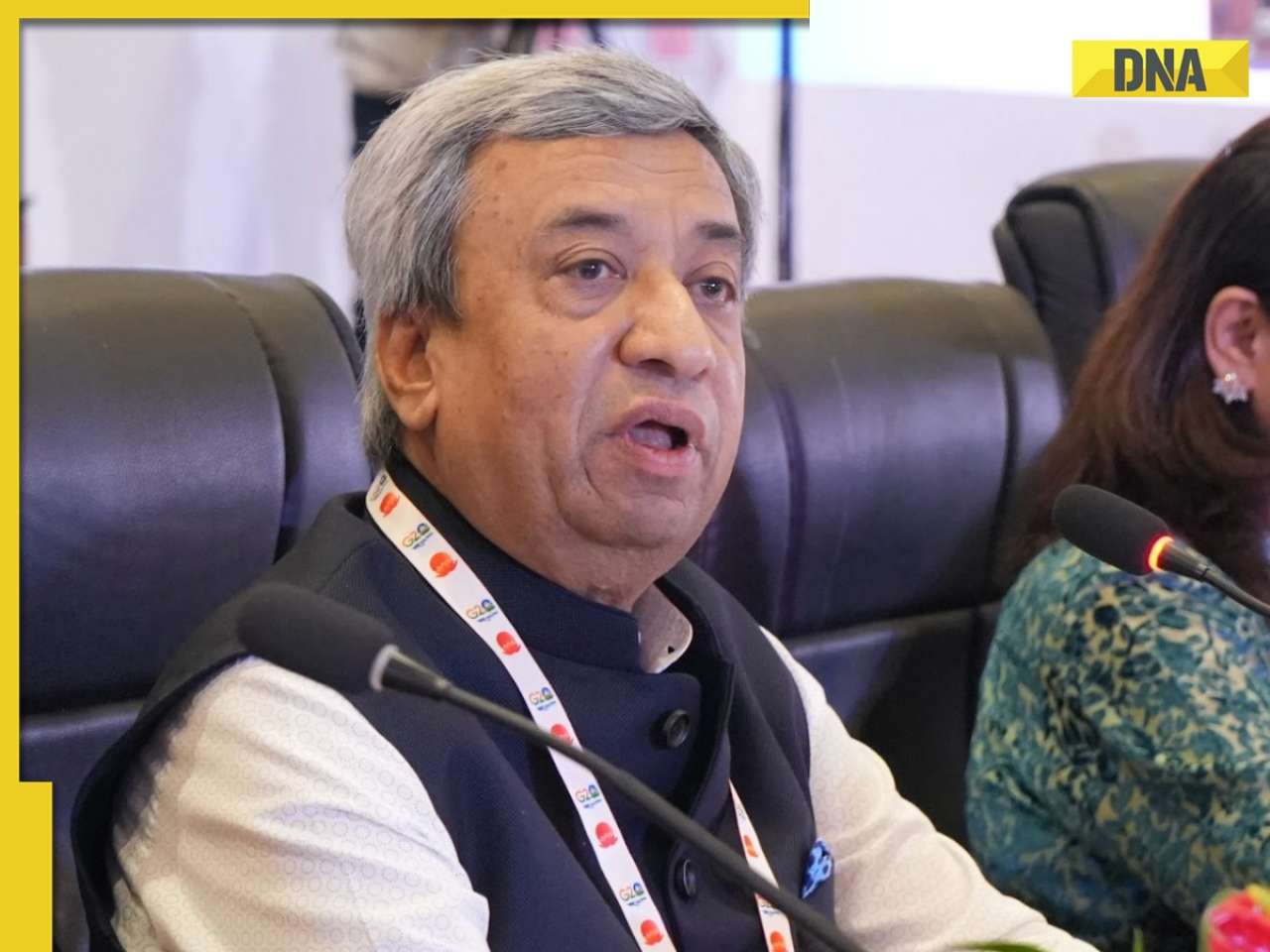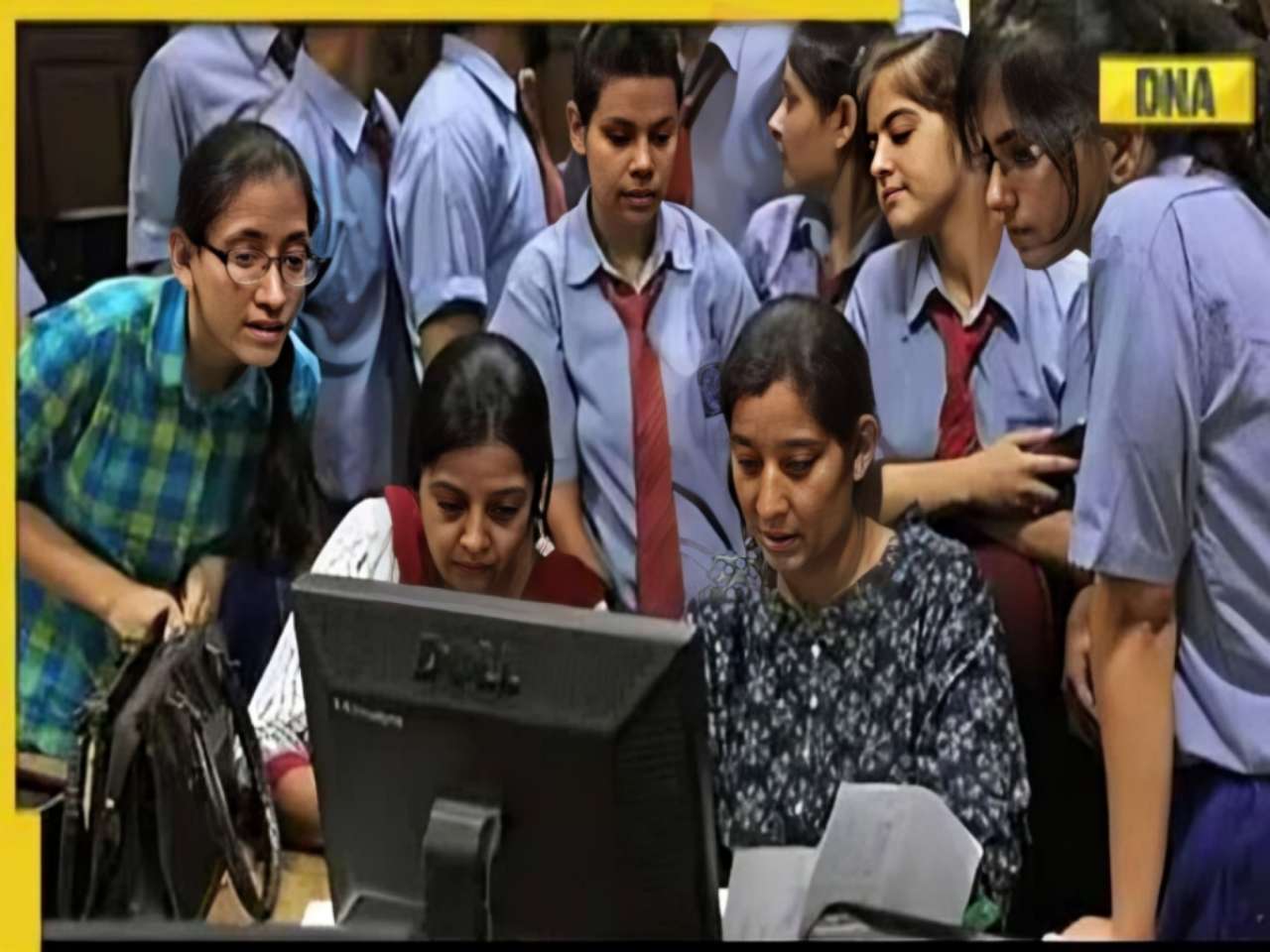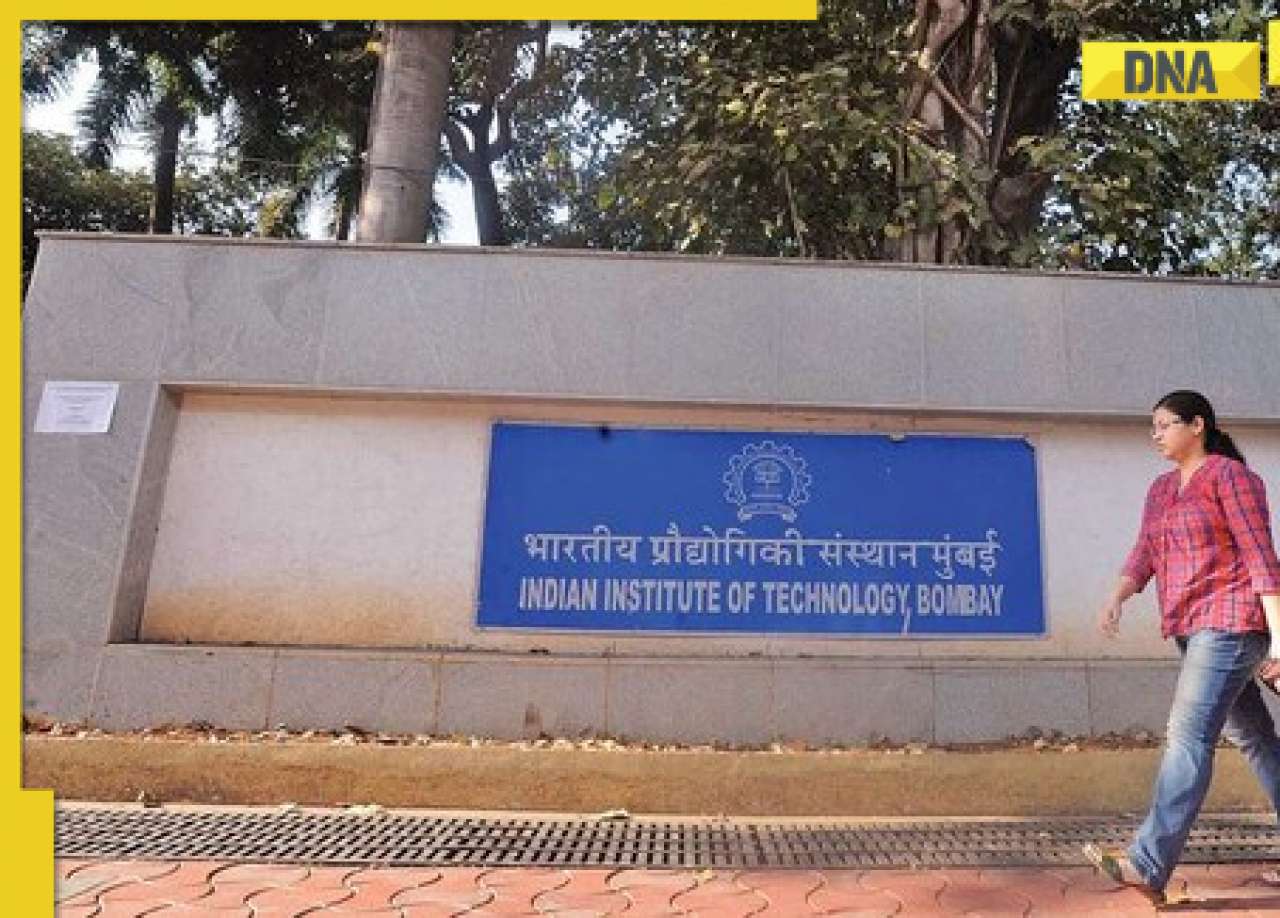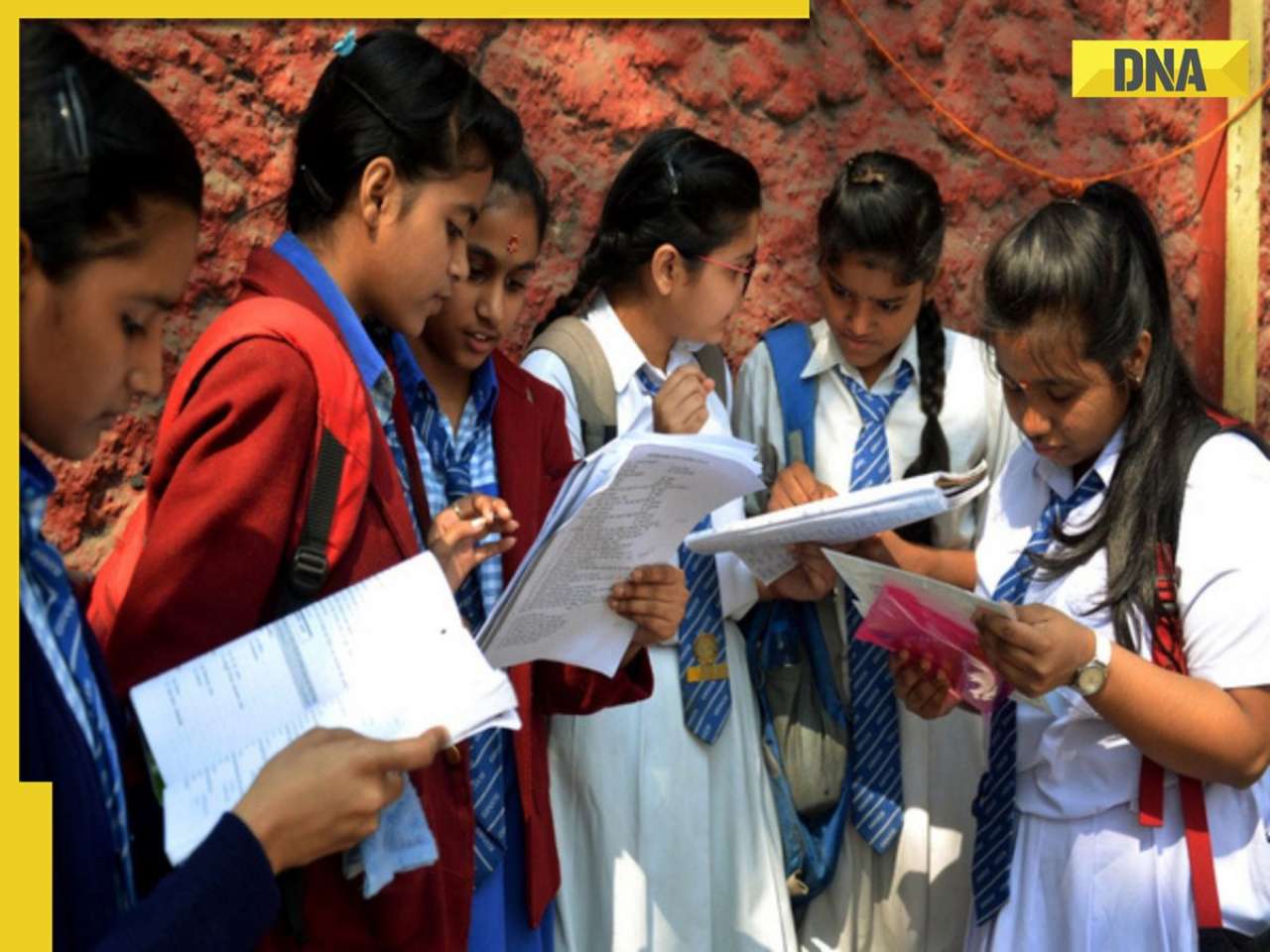What’s with Indian men? They may be potty-trained at home, but when it comes to public spaces men seem to go with the flow — without even looking for a toilet. Is it the lack of public conveniences or just the I-don’t-care-a-damn attitude?
Vikram Puranik (name changed), a media professional whose office is on MG Road, often takes a smoke-break on the pavement of the city’s main thoroughfare. But somewhere in between, when Nature’s call sets off an alarm, he crosses the road, gets under the under-construction Metro station and relieves himself in full view of pedestrians across the road.
This, despite an easier, more civil alternative available to him – run inside his office to use the toilets there to do what he does under the almost-complete Metro station.
But just a few months ago, when Puranik returned from an official tour of Europe, he was going gaga over the public utilities in the European cities which he visited. Asked whether he urinated in public even once when he was there, he said: “No chance!
There’s no way anyone even feels like urinating in the public. They (the civic authorities in the European countries) provide the best of the public toilet facilities, and the citizens exhibit the required civic discipline.”
The question then arises: Why does Puranik, who has apparently had a brush with what civic discipline is all about when in Europe, still pee in the public in his own city of residence?
That is a question that most educated Indians, who are resorting to this public nuisance on a daily basis, fail to answer.
What is it that makes us urinate in public? It’s a million-dollar question!
Early beginnings
Our failure lies not just in failing to resist the temptations to urinate in public, but also in discouraging our own children from doing so.
You could see a thousand instances in which parents help their young children relieve themselves by the roadsides. “It’s OK for our children to do so here, rather than in the backseat of our cars,” appears to be their line.
However, what fails to strike us is that these children will most likely grow up – as have we – to be adults assuming that there’s no problem urinating in public because their parents themselves encouraged them to do so.
The concept of child-friendly toilets is still an alien concept to Indian cities. Children can acquire clean habits while using these facilities meant for them. But it’s not being seen as a priority at all, feels Asha Ramesh, a women’s rights activist.
Dirty, dirty public loos
Even as the city grows taller and wider with more malls containing utilities, the pavements continue to be abused. Why? For one there is the Indian mentality, says Psychiatrist Dr B Madhukar.
“People would keep their homes clean but would not care about the environment,” he says. There’s more to the ‘Indian mentality’ that keeps our streets from being urine-free. “We are still not used to the pay-and-use system,” Dr Madhukar says. Also, the pavements are much cleaner than some of the ill-maintained utilities, so are walls, pedestrian subways, trees…and mostly men prefer these over the dirty, stinking public toilets, he says.
Whither education?
There is one more aspect of being Indian to be talked about in this context – lack of education. People are ignorant of a proper way of using toilets, that’s why maintenance remains an issue. “People have to be taught how to use these facilities. They have not acquired hygienic ways of doing things. Merely building toilets is not enough, education, awareness campaigns should come with it,” says women’s rights activist Asha Ramesh. That awareness is lacking and behavioural change is necessary is evident at toilets at places like airports, malls frequented by the affluent; cleanliness in these places cannot be taken for granted.
The other side of this story is absence of proper toilets for a huge population even today. Karnataka has been performing very poorly in the total sanitation campaign. “The sanitation problem in the state is serious,” Asha Ramesh says. Where toilets are available they might be pay and use, if not cleanliness is an issue. Water not being available or loos being locked are also common, says Sushma Varma of Samanatha Mahila Vedike.
Male vs Female
There is also conditioning and cultural issues to tackle. Men and women have the same urges (no pun intended). But the man lets go freely in public. “Because he can,” says Asha Ramesh explaining the deep-seated attitude towards a man, say just stopping his car, getting out and to the closest wall or tree, undoing his fly and doing the deed. “We have been conditioned into thinking that a man can do anything in public. Man is a public animal; a woman is a private being. Man can get away with anything. Patriarchy allows that. We have perceived that for generations,” she says.
Women, on the other hand, try hard to not find themselves in need of a toilet while they are on the move. “They do not drink much when they are out. Also, fear of infections makes them keep away from commodes in public toilets,” Dr Madhukar says.
And therefore, more women than men complain of urinary tract infections because of holding back for long periods of time, says Asha Ramesh.
Lot needs to change for a developing country like ours. Basics like these should figure among priorities, even in cities, she feels.
But no solution in sight
Despite this, the pay-and-use toilets are very few in number for commuters, motorists and pedestrians. And many of those that stand, are unclean, says Dr MJ Thomas, consultant psychiatrist, Sagar Hospital. “Public toilet is an imported concept in India. And that these toilets remain dirty, puts off an average Indian from using it,” he says.
In November, 2008, Bruhat Bangalore Mahanagara Palike (BBMP) decided to exempt people using Nirmala toilets from paying the fees in favour of generating revenue through advertisement hoardings or posters put on the toilet blocks.
The idea behind this, according to BBMP officials, was to encourage people to use the toilets, and refrain from relieving themselves in public. They felt that the payment of ¤1 to use the toilets deterred the people from using the toilets, and this in turn would lead to reducing the problem of people urinating by the roadsides.
What the BBMP did was to get into an agreement with a private firm, Hype Integrated Communications, to spruce up the toilets, to keep them clean to appeal to the public, in the hope that if money was charged for answering to the nature’s calls people would happily enter these toilets to do their jobs...for free.
At least 30 of a total 126 Nirmala toilets, developed through a ¤8 crore initiative taken by Sudha Murty, wife of Infosys mentor, NR Narayana Murthy, in 2005, were earmarked for this sprucing up operations under the BBMP-Hype Integrated Communications agreement in November 2008.
But the plan apparently backfired. Our Uncle Pee continues to be at it, because if it’s a free lunch, he cares two hoots whether he does it inside or outside, in the open, where there is little scope of being the target of stink that floats around inside. Now, it is our mindset to be blamed, and people prefer to return to the shades of the trees or the roadsides to relieve themselves. The problem continues till date. Nirmala toilets did not even make a dent while trying to help improve the civility among our citizens by providing a facilities.
![submenu-img]() DNA Explainer: Why was Iranian president Ebrahim Raisi, killed in helicopter crash, regarded as ‘Butcher of Tehran’?
DNA Explainer: Why was Iranian president Ebrahim Raisi, killed in helicopter crash, regarded as ‘Butcher of Tehran’?![submenu-img]() 1 dead, many injured after London-Singapore flight hit by severe...
1 dead, many injured after London-Singapore flight hit by severe...![submenu-img]() This film was based on iconic love story, actors and director died midway, was released incomplete 23 years later
This film was based on iconic love story, actors and director died midway, was released incomplete 23 years later![submenu-img]() Meet man who used to go medicine factory in childhood, now runs Rs 109000 crore pharma company, his net worth is...
Meet man who used to go medicine factory in childhood, now runs Rs 109000 crore pharma company, his net worth is...![submenu-img]() Akshay Kumar 'accidently' collided with RTO officer's bike in Bangkok, shares what happened next: 'I immediately...'
Akshay Kumar 'accidently' collided with RTO officer's bike in Bangkok, shares what happened next: 'I immediately...' ![submenu-img]() Maharashtra HSC 12th 2024: Result declared, know how to check
Maharashtra HSC 12th 2024: Result declared, know how to check![submenu-img]() Meet man who topped IIT-JEE, studied at IIT Bombay, then went to MIT, now is...
Meet man who topped IIT-JEE, studied at IIT Bombay, then went to MIT, now is...![submenu-img]() Meet man who once used to sell newspapers at 9, cracked UPSC exam, he is now…
Meet man who once used to sell newspapers at 9, cracked UPSC exam, he is now…![submenu-img]() Meet woman who secured high-paying job, not from IIT, IIM, VIT, her record-breaking package is...
Meet woman who secured high-paying job, not from IIT, IIM, VIT, her record-breaking package is...![submenu-img]() Maharashtra HSC Result 2024: Class 12th result to be released today, know time, steps to check
Maharashtra HSC Result 2024: Class 12th result to be released today, know time, steps to check![submenu-img]() DNA Verified: Is CAA an anti-Muslim law? Centre terms news report as 'misleading'
DNA Verified: Is CAA an anti-Muslim law? Centre terms news report as 'misleading'![submenu-img]() DNA Verified: Lok Sabha Elections 2024 to be held on April 19? Know truth behind viral message
DNA Verified: Lok Sabha Elections 2024 to be held on April 19? Know truth behind viral message![submenu-img]() DNA Verified: Modi govt giving students free laptops under 'One Student One Laptop' scheme? Know truth here
DNA Verified: Modi govt giving students free laptops under 'One Student One Laptop' scheme? Know truth here![submenu-img]() DNA Verified: Shah Rukh Khan denies reports of his role in release of India's naval officers from Qatar
DNA Verified: Shah Rukh Khan denies reports of his role in release of India's naval officers from Qatar![submenu-img]() DNA Verified: Is govt providing Rs 1.6 lakh benefit to girls under PM Ladli Laxmi Yojana? Know truth
DNA Verified: Is govt providing Rs 1.6 lakh benefit to girls under PM Ladli Laxmi Yojana? Know truth![submenu-img]() AI models show bikini style for perfect beach holiday this summer
AI models show bikini style for perfect beach holiday this summer![submenu-img]() Laapataa Ladies actress Chhaya Kadam ditches designer clothes, wears late mother's saree, nose ring on Cannes red carpet
Laapataa Ladies actress Chhaya Kadam ditches designer clothes, wears late mother's saree, nose ring on Cannes red carpet![submenu-img]() Urvashi Rautela mesmerises in blue celestial gown, her dancing fish necklace steals the limelight at Cannes 2024
Urvashi Rautela mesmerises in blue celestial gown, her dancing fish necklace steals the limelight at Cannes 2024![submenu-img]() Kiara Advani attends Women In Cinema Gala in dramatic ensemble, netizens say 'who designs these hideous dresses'
Kiara Advani attends Women In Cinema Gala in dramatic ensemble, netizens say 'who designs these hideous dresses'![submenu-img]() Influencer Diipa Büller-Khosla looks 'drop dead gorgeous' in metallic structured dress at Cannes 2024
Influencer Diipa Büller-Khosla looks 'drop dead gorgeous' in metallic structured dress at Cannes 2024![submenu-img]() DNA Explainer: Why was Iranian president Ebrahim Raisi, killed in helicopter crash, regarded as ‘Butcher of Tehran’?
DNA Explainer: Why was Iranian president Ebrahim Raisi, killed in helicopter crash, regarded as ‘Butcher of Tehran’?![submenu-img]() DNA Explainer: Why did deceased Iranian President Ebrahim Raisi wear black turban?
DNA Explainer: Why did deceased Iranian President Ebrahim Raisi wear black turban?![submenu-img]() Iran President Ebrahim Raisi's death: Will it impact gold, oil prices and stock markets?
Iran President Ebrahim Raisi's death: Will it impact gold, oil prices and stock markets?![submenu-img]() Haryana Political Crisis: Will 3 independent MLAs support withdrawal impact the present Nayab Saini led-BJP government?
Haryana Political Crisis: Will 3 independent MLAs support withdrawal impact the present Nayab Saini led-BJP government?![submenu-img]() DNA Explainer: Why Harvey Weinstein's rape conviction was overturned, will beleaguered Hollywood mogul get out of jail?
DNA Explainer: Why Harvey Weinstein's rape conviction was overturned, will beleaguered Hollywood mogul get out of jail?![submenu-img]() This film was based on iconic love story, actors and director died midway, was released incomplete 23 years later
This film was based on iconic love story, actors and director died midway, was released incomplete 23 years later![submenu-img]() Akshay Kumar 'accidently' collided with RTO officer's bike in Bangkok, shares what happened next: 'I immediately...'
Akshay Kumar 'accidently' collided with RTO officer's bike in Bangkok, shares what happened next: 'I immediately...' ![submenu-img]() Meet man, his grandfather founded political party, uncle was CM, he ditched it for Bollywood, worked for Bhansali, now..
Meet man, his grandfather founded political party, uncle was CM, he ditched it for Bollywood, worked for Bhansali, now..![submenu-img]() Meet actor who worked with SRK, Salman, Sushmita, gave many flop films, quit acting, married granddaughter of CM..
Meet actor who worked with SRK, Salman, Sushmita, gave many flop films, quit acting, married granddaughter of CM..![submenu-img]() 'Pregnant for sure': Katrina Kaif, Vicky Kaushal's viral video from London sparks pregnancy speculations
'Pregnant for sure': Katrina Kaif, Vicky Kaushal's viral video from London sparks pregnancy speculations ![submenu-img]() Viral video: Bride makes dramatic entrance from giant ice cube at snowy Alpine wedding in Switzerland
Viral video: Bride makes dramatic entrance from giant ice cube at snowy Alpine wedding in Switzerland![submenu-img]() Elephant lifts safari truck with tourists in shocking viral video, watch
Elephant lifts safari truck with tourists in shocking viral video, watch![submenu-img]() In another gaffe, Joe Biden says he was US 'Vice President' during COVID-19 pandemic, watch viral video
In another gaffe, Joe Biden says he was US 'Vice President' during COVID-19 pandemic, watch viral video![submenu-img]() Meet Nihar Thackeray, lesser-known nephew of Uddhav Thackeray, he is Eknath Shinde's...
Meet Nihar Thackeray, lesser-known nephew of Uddhav Thackeray, he is Eknath Shinde's...![submenu-img]() Heroic buffalo herd rescues one of their own from lion ambush, video is viral
Heroic buffalo herd rescues one of their own from lion ambush, video is viral

























































)
)
)
)
)
)